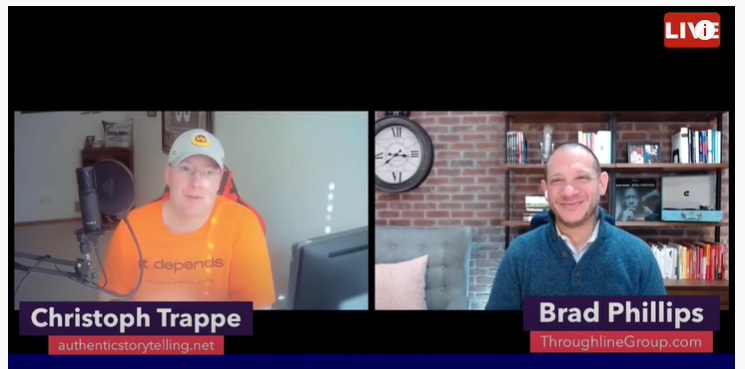A Great Strategy To Simplify (Not “Dumb Down!”) Your Content

Can you speak at all “five levels?” Are you just as effective when speaking to a teenager as you are when chatting with a fellow expert? Read on…
Have you ever listened to a specialist or expert in their field discuss their work and thought, “I have no idea what they’re talking about. It’s like they’re speaking a different language.”
In effect, they are.
This linguistic disconnect, whether it occurs during a talk or media interview, typically happens when a person who possesses specialized knowledge, such as a scientist, economist, engineer, researcher, policy maker, educator, architect, etc., uses the specialized language – some would call it jargon – that goes along with it.

Sure, their peers and maybe even some “amateurs” with a deep interest in that subject can pick up what they’re saying. But, too often, they fail to reach a larger audience, who would equally benefit from the messages they’re trying to convey.
To become a go-to media guest, panelist, or presenter, you’ll need to do a better job of translation. You’ll need to learn how to bring science – or whatever your specialty – alive to a general audience with a more approachable delivery.
If you’re looking for inspiration, it’s worth exploring “5 Levels,” a web series produced by the publication WIRED.
In each episode, an expert in a subject breaks it down five ways – by talking with a young child, a teen, a college student, a graduate student studying the same topic, and a fellow expert.
The series covers topics such as virtual reality, nanotechnology, cryptocurrency, and gene editing. In the video below, neuroscientist Bobby Kasthuri talks about how scientists are working to map brain cells and how they “communicate” with one another. (Spoiler: Cute kid alert!)
When it comes to complex ideas, abstract concepts, or sophisticated systems, most of us could use some help in understanding them. We suggest tailoring your words as if you were talking to a teen – which typically works well for general audiences. Even then, you can always sprinkle your delivery with some words that would ring true for an elementary school student or increase the sophistication by using terms that are familiar to a college student.
Here are a couple other videos from 5 Levels:
When you successfully translate abstract ideas and technical terminology to more casual conversation, you attract more ears to your message. At the very least, being able to speak about your work at any of those five levels will give you more communications options as you speak to a greater diversity of audiences.
(In our latest episode of The Speak Good Podcast, scientist Faith Kearns, Ph.D. talks with Chief Executive Throughliner Brad Phillips about another aspect of science communication – how scientists and the public can more effectively engage with one another about the issues facing us today. Listen now!)


